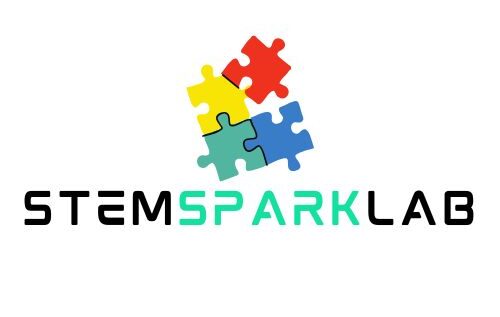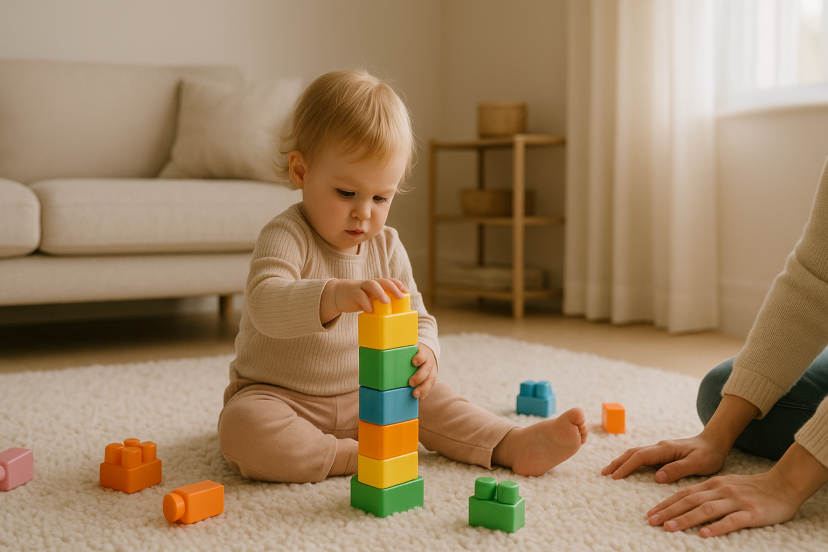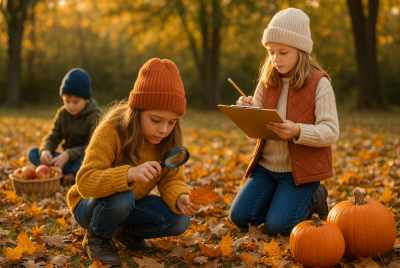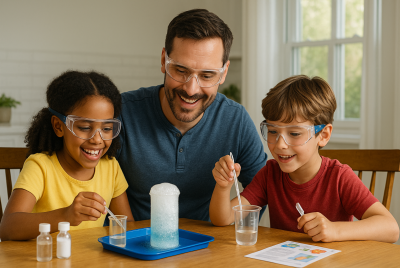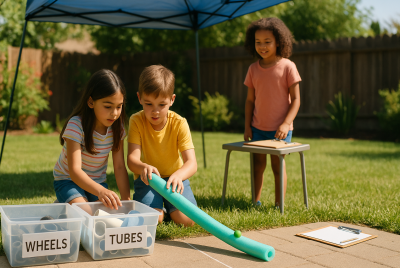Best Toys for 2 Year Olds for Learning and Play
We may earn a commission for purchases made using our links. Please see our disclosure to learn more.
You’re shopping for a toy that keeps your 2-year-old busy and builds real skills—without turning your living room into a plastic jungle. I’ve been there. At this age, toddlers are curious, wiggly, and hungry for cause-and-effect. The best toys for 2 year olds are simple, sturdy, and open-ended—so play grows as they do. Below you’ll find what to look for, my top picks (with quick pros/cons), a comparison table, and research-backed guidance you can feel good about.
What Makes a “Best” Toy at 2?
At two, play should invite movement, language, and little “I did it!” wins. Think: big blocks, chunky puzzles, pretend sets, toddler-safe instruments, and simple books that talk back when tapped. Prioritize:
- Open-ended play (many ways to use it)
- Durability & safety (no tiny parts; non-toxic materials)
- Skill builders (fine/gross motor, early language, problem-solving)
- Easy cleanup (you’ll thank yourself daily)
Quick Buying Checklist (Save This!)
- Age rating 18–36 months
- No loose parts under 1.25 inches
- Washable or wipe-clean surfaces
- Grows with your child (extensions, more complex play later)
- Storage included (bag/bin) or easy to corral
Why Open-Ended Toys Win (and Keep Winning)
Open-ended toys are like “blank notebooks” for the imagination—blocks can be towers, bridges, zoos, or parking garages. That flexibility supports creativity now and problem-solving later. It also means one toy lasts through multiple phases (and meltdowns).

Skills to Look For (and the Toys That Support Them)
- Fine motor skills: blocks, peg puzzles, lacing, suction builders
- Gross motor skills: push/pull vehicles, ride-ons, soft balls
- Language development: talking books, pretend food, animal sets
- Sensory play: silicone suction toys, play-dough, water play
- Early STEM: shape sorters, block sets, simple cause-and-effect toys
Safety First (Because Toddlers Will Test It)
Check for non-toxic materials (BPA-, phthalate-, and PVC-free), smooth edges, and stable designs. Avoid toys with magnets or button batteries; 2-year-olds explore with their mouths and curiosity.
How Many Toys Is “Enough”?
Rotations are your friend. Keep a handful out and stash the rest. Swapping weekly makes “old” toys feel new—without buying more.
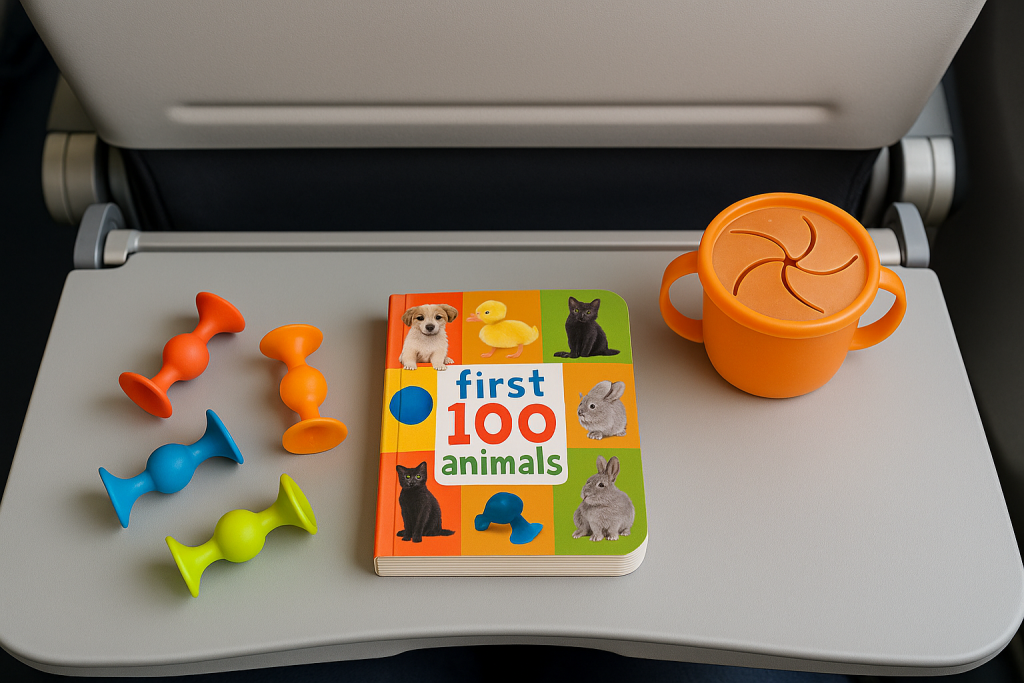
The 5 Best Toys for 2-Year-Olds (Editor’s Picks)
Below are five parent-loved toys that hit the sweet spot for development, durability, and day-to-day fun.
1) LeapFrog Learning Friends 100 Words Book
Short description: Tap pictures to hear words, facts, and sounds—in English and Spanish. Great for building vocabulary and attention with little bursts of sound.
Features: 100+ words by category; English/Spanish switch; sound effects; durable pages.
Pros: Engaging audio; bilingual option; sturdy.
Cons: Uses batteries; sound can be loud in quiet settings.
Best for: Language learners, screen-free word play, car rides.
Use it like this: Name items, then “treasure hunt” around the house to find real-life matches.
Review snapshot: Parents praise the vocabulary variety; some note kids fixate on favorite pages (honestly, cute).
2) MEGA BLOKS First Builders Big Building Bag (80 pc)
Short description: Oversized blocks that click together with satisfying resistance, perfect for little hands.
Features: 60–80 piece options; zip storage bag; endorsed for ages 1+.
Pros: Open-ended; great value; easy to clean; bag included.
Cons: Can scatter everywhere (get a play mat!); pieces aren’t compatible with standard LEGO.
Best for: Fine motor, spatial language (“on top,” “next to”), sibling play.
Use it like this: Build a “garage,” then roll toy cars in/out to practice prepositions.
Review snapshot: Parents love the price-to-playtime ratio.
3) Hape Pound & Tap Bench with Slide-Out Xylophone
Short description: Pound the balls to make music—then pull out the xylophone for free play. A classic for hand-eye coordination.
Features: Wood construction; removable xylophone; mallet included.
Pros: Multi-mode play; musical + motor; durable wood.
Cons: Mallet thumps are… enthusiastic; supervise so balls don’t roll under the couch forever.
Best for: Active toddlers, music lovers, early rhythm play.
Use it like this: Copy simple beat patterns; trade turns to practice patience.
Review snapshot: Praised for quality and longevity; some note kids prefer the xylophone mode long-term.
4) Green Toys Dump Truck
Short description: Sturdy, eco-friendly dump truck ready for sand, blocks, or stuffed-animal ride-alongs.
Features: 100% recycled plastic; no metal axles; easy to wash.
Pros: Indoor/outdoor; tough; planet-friendly.
Cons: It’s large—plan storage; colorways vary in stock.
Best for: Gross motor play, pretend construction, bath or beach.
Use it like this: Load-dump-repeat with dry beans in a bin on rainy days.
Review snapshot: Parents highlight durability and easy cleanup.
5) Fat Brain Toys Squigz (Starter/Deluxe Sets)
Short description: Silicone suction builders that stick to each other and smooth surfaces—amazing for sensory-motor play.
Features: Food-grade silicone; 24–50 piece sets; dishwasher-safe.
Pros: Sensory feedback; bath-friendly; quiet play.
Cons: Suction pops can startle sensitive kiddos; best on smooth surfaces.
Best for: High-energy hands, bath time builds, travel trays.
Use it like this: Challenge your toddler to make a “bridge” from tray to window.
Review snapshot: Loved for versatility; a few mention occasional lost pieces in the tub (set a “count the pieces” game).
Comparison Table: Top 5 at a Glance
| Model | Key Spec(s) | Warranty | Approx Price/Tier | Best For |
| LeapFrog 100 Words Book | 100+ words, Eng/Sp, sound effects | Manufacturer warranty varies | $$ | Language building, car rides |
| MEGA BLOKS Big Building Bag (80 pc) | 60–80 jumbo blocks, storage bag | Manufacturer warranty varies | $ | Open-ended builds, fine motor |
| Hape Pound & Tap Bench | Wood, slide-out xylophone, mallet | Manufacturer warranty varies | $$ | Hand-eye + early music |
| Green Toys Dump Truck | 100% recycled plastic, no metal axles | Manufacturer warranty varies | $$ | Indoor/outdoor hauling play |
| Fat Brain Squigz | Food-grade silicone suction pieces | Manufacturer warranty varies | $$–$$$ | Sensory + bath builds |
(Pricing and warranties can change by seller; check current listing details.)
How to Match a Toy to Your 2-Year-Old
- Big energy? Go for vehicles, push-toys, balls, or a dump truck with loads to move.
- Quiet focus? Try block builds, suction builders, or simple puzzles.
- Language bloom? Talking books, animal sets, and pretend food spark conversation.
- Sensory seekers? Silicone suction toys, play-dough, or water bins.
Mini test: Watch the next 10 minutes of free play. What does your child do without prompting? That’s your buying clue.
Montessori-Style Picks (Without the Price Shock)
Montessori-inspired toys are simple, real-world, and tactile: wooden puzzles, rings to stack, object permanence boxes, and child-sized tools (like a tiny broom). You don’t need “official” labels—just look for natural materials and one clear purpose that your toddler can master.
Budget-Friendly Toy Swaps
- Blocks ↔ clean yogurt cups for stacking
- Play kitchen ↔ a low shelf + real spoons, pots, and a dry-goods bin
- Ball pit ↔ a laundry basket + soft balls
- Sensory bin ↔ rice, scoops, and measuring cups
Little tweaks, same brain benefits.
Toy Rotations: Your Secret to “New” Without Buying
Keep 5–7 toys accessible and rotate every 7–10 days. Stash sets with small parts in zipper pouches. Label bins with a simple photo so your toddler can help clean up (it’s a game, truly).
Screen-Free Doesn’t Mean Boring
Sound books, musical toys, and builder sets provide rich stimuli with no screens. Bonus: they help toddlers practice attention and turn-taking with you or a sibling.
🧪 Research-Backed Guidance (So You Can Shop Confidently)
- Pediatric experts recommend simple, social toys. The American Academy of Pediatrics advises choosing toys that encourage caregiver-child interaction, pretend play, problem-solving, creativity, and language—over flashy electronics. That includes blocks, puzzles, pretend sets, and books with parent involvement.
- Early puzzle and block play support spatial skills tied to later STEM. In a longitudinal study, toddlers who engaged in puzzle play between 26–46 months showed stronger spatial transformation skills later on—a building block for math and science reasoning. See [Early Puzzle Play and Preschool Spatial Skill (Levine et al., 2011)] and related spatial-language work from UChicago.

Everyday Play Prompts (Steal These!)
- “Truck missions.” Load the dump truck with blocks, call out destinations (“kitchen bridge!”), and deliver.
- “Builder talk.” While stacking MEGA BLOKS, use spatial words: on top, under, next to, between.
- “Find and match.” Read the LeapFrog book, then find real objects around the house that match a page.
- “Band practice.” Pound a simple beat on the Hape xylophone; copy each other’s rhythms.
- “Suction sculptures.” Stick Squigz to a window and tell a tiny story about the “creatures” you made.
Mini-Guides (for Common Situations)
Best Toys for Small Spaces
Fold-flat tunnels, a single sturdy truck, a block bag with a zip, and one wall-mounted book rack keep clutter minimal while maximizing play.
Best Outdoor Toys for 2-Year-Olds
Dump trucks, buckets and scoops, chalk, and big bubbles. Fresh air + simple tools = long naps.
Best Travel Toys for 2-Year-Olds
Board books with sound, Squigz on airplane windows, small block bag, reusable sticker packs. Quiet hands, happy neighbors.
Best Toys for Language Development
Books that talk back (like LeapFrog), animal figurines, and pretend food. Narrate actions: “Cut the red apple. Now stir.”
Best Toys for Fine Motor Skills
Blocks, peg puzzles, pop beads, easy threading activities. Look for chunky grips and short tasks they can complete.
Best STEM Toys for Toddlers
Shape sorters, stacking blocks, ramps, and simple cause-and-effect sets. STEM starts as “Why did that fall?”—follow their curiosity.
FAQs
What toys are developmentally appropriate for 2-year-olds?
Choose sturdy, simple toys that invite movement and imagination: big blocks, vehicles, chunky puzzles, pretend food, and musical instruments. Skip tiny parts and anything requiring advanced rules or reading.
How many toys should a 2-year-old have out at once?
About five to seven. Keep the rest stored and rotate weekly. Fewer options help toddlers focus and explore more deeply.
Are electronic “learning” toys worth it at this age?
Sometimes—but they’re not essential. Research and pediatric guidance favor simple toys used with a caregiver over buttons and lights used alone. Try sound books and music toys that encourage back-and-forth talk.
What’s a reasonable budget for toddler toys?
You can build a powerful play kit for under $50: one block set, one vehicle, one puzzle, one sound book. DIY sensory bins and pretend kitchens with real utensils stretch your dollar.
How do I clean and store toddler toys?
Soap and water for most plastics; check listings for dishwasher-safe parts (Squigz!). Create labeled bins (photos help) and teach a quick “clean-up song” to make it routine.
The Heart of It
The best toys for 2-year-olds aren’t the fanciest—they’re the ones that invite you to play together: build a bridge, “cook” soup, sing a three-note song. That’s where learning lives. Start with one or two of the picks above, add your child’s imagination, and you’ve got a playroom that actually… works.
If you want quick, seasonal prompts that pair beautifully with blocks and pretend sets, explore these hands-on fall STEM activities for easy, joyful learning at home.
